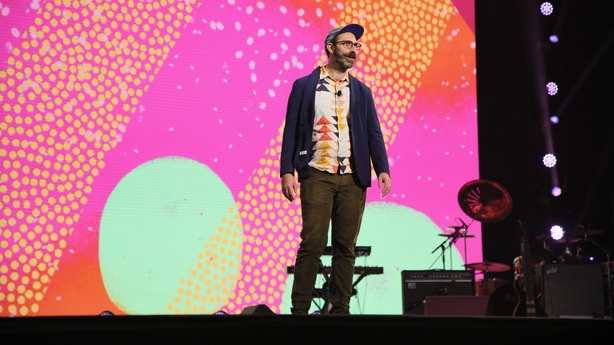ChatGPT-maker OpenAI has reached an agreement for Sam Altman to return as CEO days after his sacking, capping frenzied discussions about the future of the startup at the center of an artificial intelligence boom.
The company also agreed to revamp the board of directors that had dismissed him.
OpenAI named Bret Taylor, formerly co-CEO of Salesforce, as chair and also appointed Larry Summers, former US Treasury Secretary, to the board.
Altman said in a post on X, "i'm looking forward to returning to openai."
After Altman was fired on Friday, the original board had given scant explanation other than his lack of candor and its need to defend OpenAI's mission to develop AI that benefits humanity.
The deal to restore Altman ushers in a potentially new era for the startup - a non-profit - which long juggled concerns among staff about AI's dangers and its potential for commercialisation.
The latest reshuffle appeared to favour Altman and financial backer Microsoft, which is rolling out OpenAI's technology to business customers globally.
In a statement on X, Microsoft CEO Satya Nadella welcomed the changes. "We believe this is a first essential step on a path to more stable, well-informed, and effective governance," he said.

Quora CEO Adam D'Angelo will stay on what OpenAI called the new "initial board."
It was not immediately clear if the remaining directors holding no equity in OpenAI would retain their seats, or if investors in its capped-profit entity - such as 49% owner Microsoft - would win their first appointments.
Reuters earlier reported that some investors were exploring legal recourse after the week's events threatened the future of OpenAI, recently expected to have a more than $80 billion valuation.
Spokespeople for the startup did not immediately respond to a request for comment.
Susannah Streeter, head of money and markets at Hargreaves Lansdown, said OpenAI's path was now clear of the recent and murky tumult.
"Sam Altman's views about how to run the company will dominate future direction, especially given he'll be supervised under a new board," Streeter said.
Altman's dramatic turnaround has drawn comparisons in Silicon Valley lore to Steve Jobs, Apple's CEO who left the computer maker in a 1985 power struggle only to return 12 years later.
Altman took back the CEO mantle after four days.
Read more
Timeline - Sam Altman's return to OpenAI
His departure had immediately precipitated upheaval at OpenAI, with President Greg Brockman quitting in protest.
By Sunday Altman was back at OpenAI's offices expecting his swift reappointment, when the board surprised again by naming ex-Twitch boss Emmett Shear as interim CEO.

In a post on X yesterday, Shear said he worked "72 very intense hours" to bring stability - and ultimately Altman - back to OpenAI.
"This was the pathway that maximized safety alongside doing right by all stakeholders involved," he said.
Altman's master stroke was made possible in part by Microsoft. When he was out of a job, CEO Nadella said Altman could head a new research team alongside Brockman and other colleagues departing from OpenAI.
By Monday, nearly all of OpenAI's over 700-strong staff had threatened to leave and join Microsoft's effort unless the board stepped down and reinstated Altman, according to a letter reviewed by Reuters.
This threat was backed by Microsoft's vast computing power, the key asset powering OpenAI's technology along with its staff of computer scientists.
Co-founder and President Brockman celebrated with a staff selfie last night, having beaten the US Thanksgiving holiday deadline against which parties raced to negotiate.
we are so back pic.twitter.com/YcKwkqdNs5
— Greg Brockman (@gdb) November 22, 2023
"We will come back stronger & more unified than ever," he said.